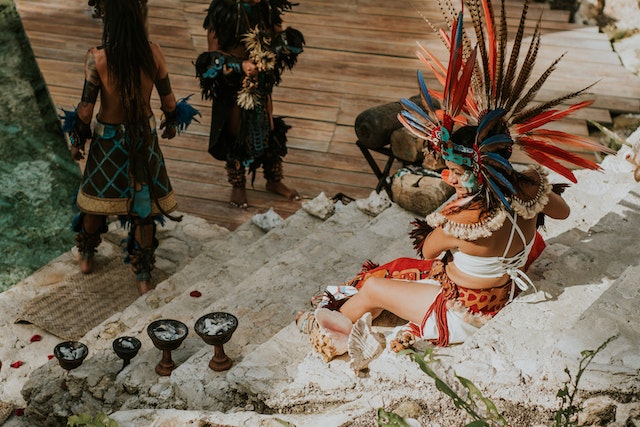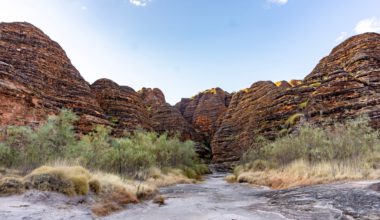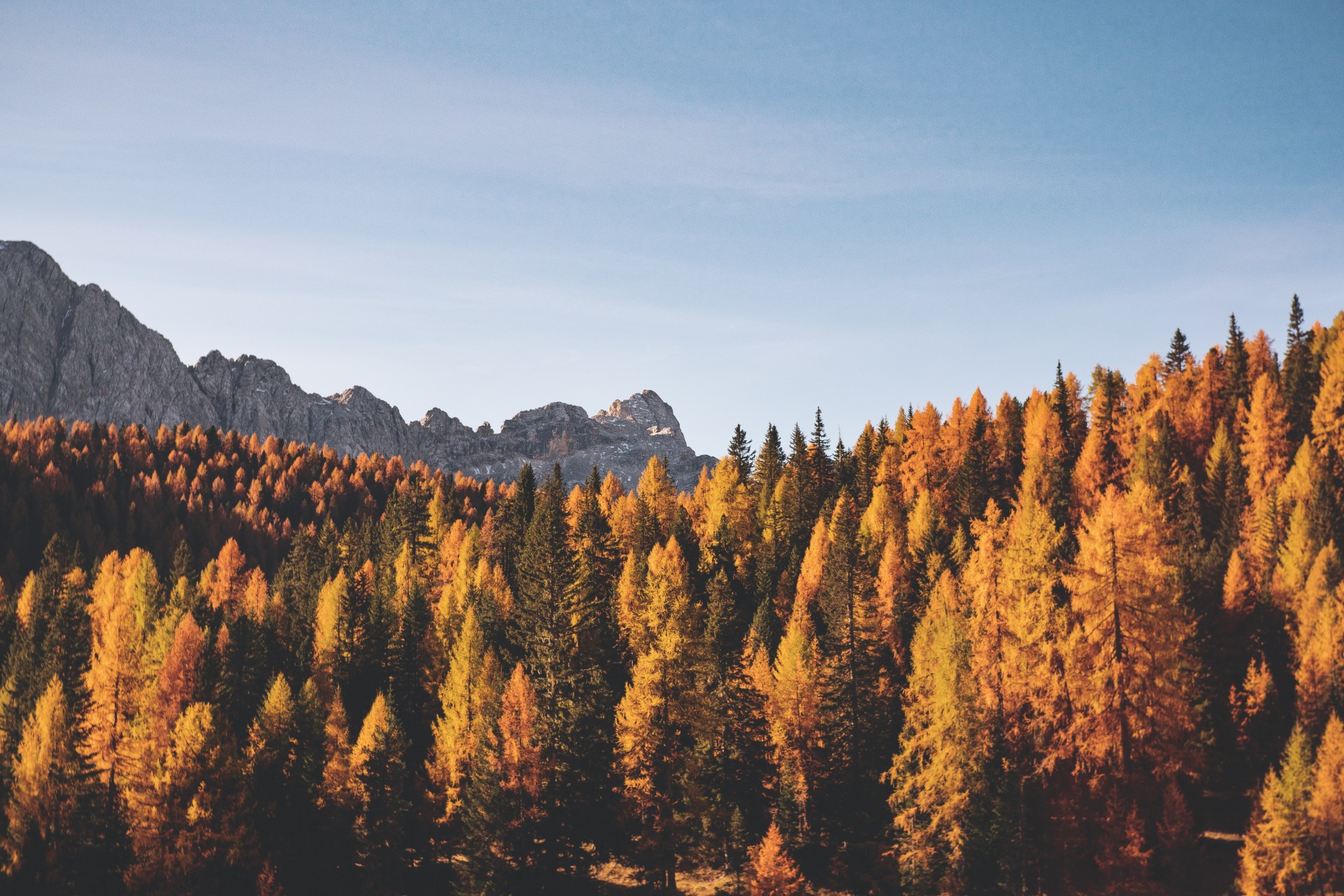Table of Contents
With its rich tapestry of history, pristine coastlines, and a culinary scene that will make your taste buds dance, Mexico has long been a sought-after destination for travelers. In recent years, Mexico has emerged as a sanctuary for wellness retreats that offer a rejuvenating respite from the hustle and bustle of daily life. While the allure of serene beaches, luxurious spas, and yoga retreats might be tempting, the cultural magnificence of Mexico is an element that deserves a spotlight on your wellness journey.
This article delves into the boundless treasures that Mexico has to offer, with a focus on experiences that go beyond mere relaxation, enriching your soul and broadening your horizons. Engaging with the local culture is not just an addition to your itinerary but a vital aspect of holistic wellness that nurtures the mind and spirit. Whether you’re wandering through ancient ruins, partaking in traditional ceremonies, or relishing authentic dishes, immersing yourself in the culture can be as revitalizing as a day at the spa.
Read on as we guide you through a mosaic of experiences that will allow you to connect with the heart of Mexico, fostering a sense of fulfillment and balance. Whether you’re a seasoned traveler or setting foot in Mexico for the first time, these seven cultural experiences will be the catalyst that transforms your wellness retreat into a journey of self-discovery and enlightenment.
Tour Mayan ruins with a local guide
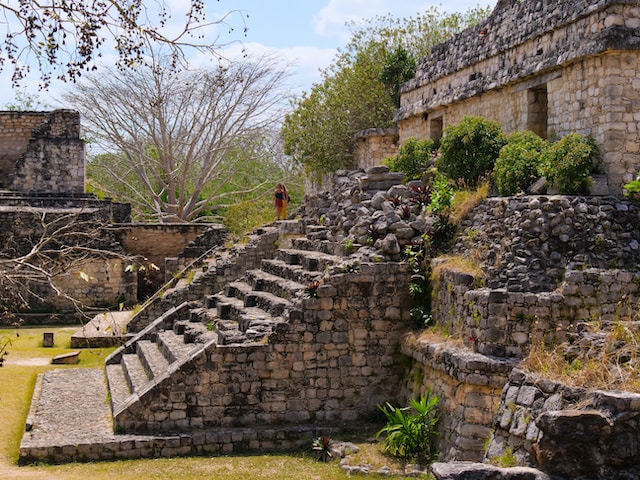
Touring the Mayan ruins in Mexico with a local guide is a must. It’s an experience that has the potential to deeply enrich a wellness retreat. This adventure allows participants to transcend the confines of their daily lives and connect with a civilization that thrived thousands of years ago. It is an exercise not just for the body, but also for the mind and soul.
Understanding the history and the rich heritage of the Mayan civilization offers a sense of perspective that is often missed in modern, fast-paced life. Through storytelling and historical facts, local guides can illuminate the significance of the structures, the innovation of the Mayans, and their contributions to astronomy, mathematics, and art.
The Mayans were deeply spiritual people. Their ruins often include temples and ceremonial centers. Engaging with these spaces, particularly with a guide who understands the spiritual significance, can be a powerful way to reconnect with one’s own spirituality or to engage with the spirituality of another culture.
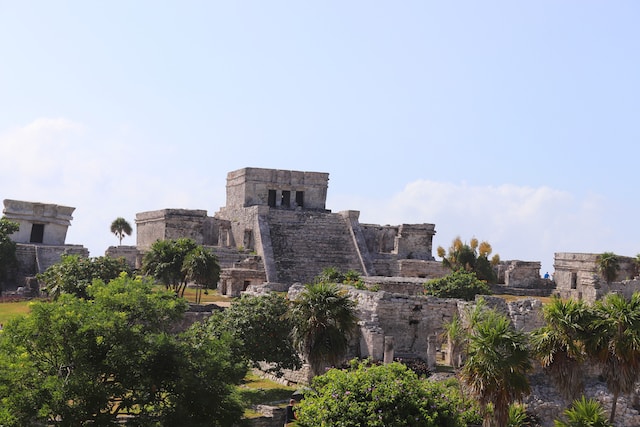
By learning from a local guide, there is an opportunity to gain insights into not just the ancient Mayan culture, but also how their legacy influences contemporary Mexican culture. This appreciation can foster a sense of global citizenship and interconnectedness.
List of top Mayan archeological sites in Mexico
Mexico is home to a plethora of awe-inspiring Mayan ruins, each boasting its own unique allure. Many of the Mayan ruins, such as Tulum, Coba, and Palenque, are nestled in lush jungles or perched alongside stunning beaches. Walking through these ancient sites, hearing the rustling of leaves, and sensing the energy that has lingered for centuries allows a deep connection with nature that is known to reduce stress and increase mental well-being.
Here is a list of some of the top Mayan sites to visit in Mexico:
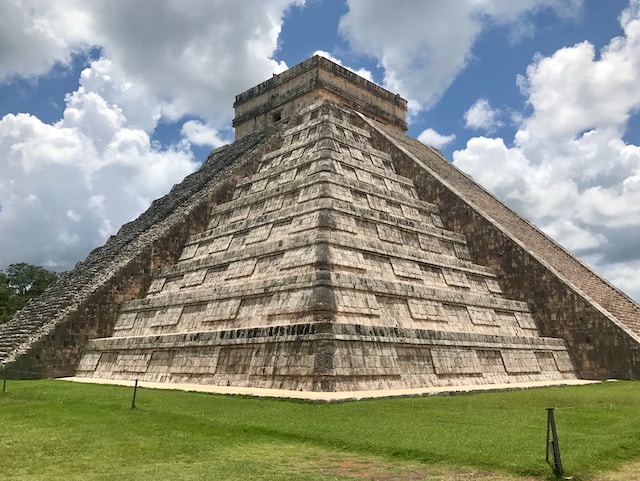
- Chichen Itza: Undoubtedly one of the most famous Mayan sites, Chichen Itza, located in the Yucatan Peninsula, is a UNESCO World Heritage Site and one of the New Seven Wonders of the World. Its iconic pyramid, El Castillo, is a testament to the Mayan’s astronomical and architectural prowess.
- Tulum: Set against the backdrop of the Caribbean Sea, Tulum is famous not only for its well-preserved ruins but also for its stunning cliffside location. The Castillo is the most prominent building, offering an incredible view of the sea.
- Palenque: Situated in the state of Chiapas, Palenque is nestled amidst dense jungle. It is renowned for its intricate carvings, stunning architecture, and the tomb of the ancient king Pakal the Great, located inside the Temple of the Inscriptions.
- Coba: Located in the Yucatan Peninsula, Coba is surrounded by five lakes. Its largest pyramid, Nohoch Mul, is one of the tallest in the Yucatan and offers breathtaking views of the surrounding jungle from its peak.
- Calakmul: Found in the state of Campeche, Calakmul is one of the largest and most powerful ancient cities of the Maya civilization. It is situated deep in the jungle and is a part of the Calakmul Biosphere Reserve, making it an ideal site for those seeking a more adventurous and remote experience.
- Uxmal: Another UNESCO World Heritage Site, Uxmal is located in the Yucatan Peninsula. It’s famous for the Pyramid of the Magician and the Governor’s Palace, which are prime examples of the Puuc architectural style with elaborate facades and intricate stone mosaics.
- Ek Balam: Located near Valladolid in Yucatan, Ek Balam is less crowded compared to Chichen Itza. It is known for its well-preserved sculptures, and visitors can climb the Acropolis, which is one of the largest Mayan structures in the Yucatan.
- Yaxchilán and Bonampak: These two sites are located close to each other in the state of Chiapas. Yaxchilán is set on the Usumacinta River and is famous for its well-preserved roof combs and lintels. Bonampak is renowned for its ancient murals which provide a glimpse into the life and battles of the ancient Maya.
- Edzná: In the state of Campeche, Edzná features a mix of architectural styles and is known for its five-story main pyramid, the Edificio de los Cinco Pisos.
- Becán: Located in the Yucatan Peninsula, Becán is notable for its large defensive walls and moat, a rarity among Mayan cities. It’s an intriguing site that provides insights into the Mayan military and defensive structures.
When visiting these Mayan sites, it’s important to be respectful of their cultural significance and to follow any guidelines or rules set by the authorities to help preserve these ancient treasures for future generations.
Temazcal ceremony
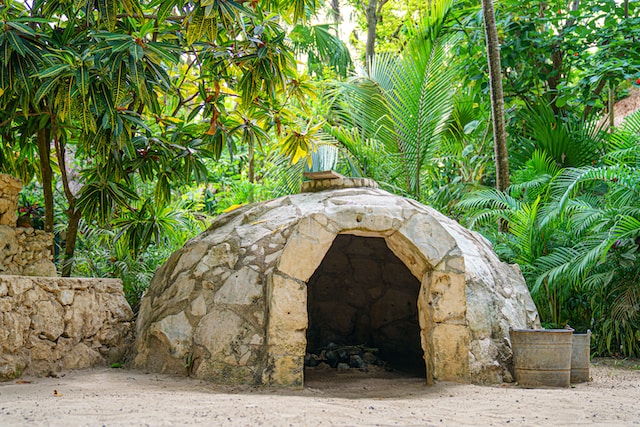
A Temazcal ceremony is a traditional indigenous Mesoamerican ritual that involves a steam bath used for both spiritual and physical cleansing. This practice dates back to ancient times and has been an integral part of various indigenous cultures including the Aztecs and Mayans.
History and cultural significance
- Physical Healing: The Temazcal, often made from clay or stone, is a dome-shaped structure that represents the womb of Mother Earth. Inside, volcanic stones are heated, and water is poured over them to create steam. Medicinal herbs are often added to the steam for additional therapeutic benefits. The heat and steam are believed to detoxify the body, improve circulation, and have healing effects on the skin and respiratory system.
- Spiritual Cleansing: Beyond physical benefits, the Temazcal ceremony is also a deeply spiritual experience. It is often led by a shaman or a guide who helps participants through the process. The ceremony can involve chanting, singing, drumming, and prayer. It’s a space for introspection, releasing negative energies, and reconnecting with oneself and nature.
- Community and Cultural Significance: Temazcal ceremonies were often community events, bringing people together in a sacred space. They were used for various purposes including preparation for battle, healing the sick, and ritual purification.
- Rebirth: Symbolically, entering the Temazcal represents entering the womb, and leaving represents being reborn. This is often interpreted as a fresh start or a cleansing of the spirit.
When participating in a Temazcal ceremony, it’s important to approach the experience with an open mind and respect for the cultural significance it holds for the indigenous peoples of Mexico. Also, remember to stay hydrated and consult a health professional if you have any medical conditions that may be affected by extreme heat.
Cacao ceremony
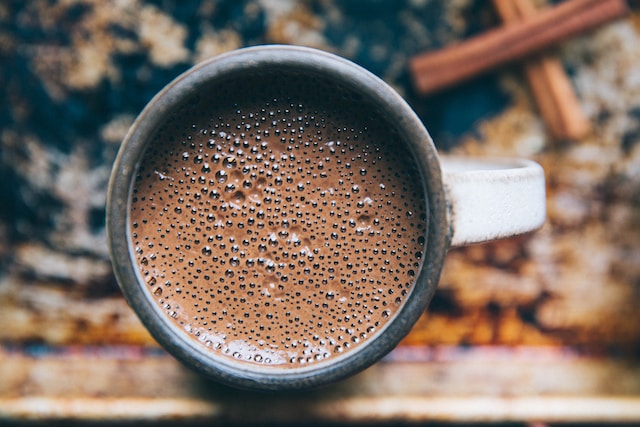
A cacao ceremony is an ancient ritual that originates from the indigenous peoples of Mesoamerica, including the Mayans and Aztecs. It involves the consumption of cacao, a bean from which chocolate is made, in a ceremonial manner.
History and cultural significance
The Mayans and Aztecs believed that the cacao bean had divine origins. The Mayans referred to cacao as The Food of the Gods. It was believed that the cacao tree was a bridge between earth and heaven. For the Aztecs, cacao beans were so valuable that they were used as currency and offered as gifts to the gods. The consumption of cacao was often reserved for the elite and spiritual leaders, and it played a central role in various rituals, celebrations, and as a medicinal plant.
Cacao was traditionally prepared as a bitter beverage, often mixed with spices, chili, and honey. It was believed to have energizing properties and was consumed to facilitate communication with the divine.
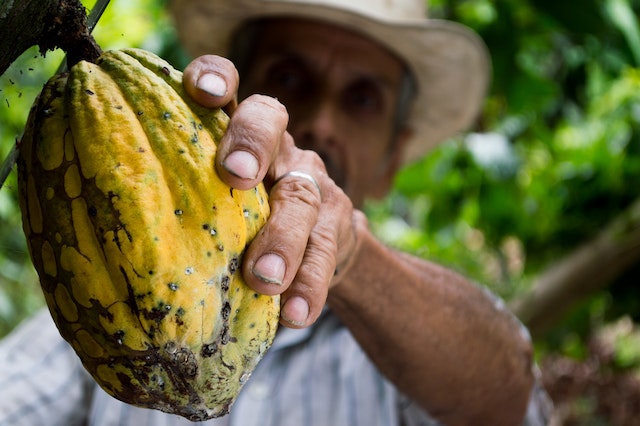
Today, the cacao ceremony has evolved and is often viewed as a spiritual or healing experience. It’s used as a form of heart-opening medicine, which can lead to inner reflection, emotional release, and a deeper connection with oneself and others. The theobromine in cacao is a mild stimulant that can create a sense of euphoria and well-being.
In modern cacao ceremonies, participants often gather in a circle while a facilitator prepares the cacao drink. The ceremony might involve setting intentions, meditations, sharing stories, singing, or dancing. It’s a time for inner reflection and connection with the community.
When participating in a cacao ceremony, especially in a country where it has sacred historical significance, it’s important to approach the experience with respect and an open heart, acknowledging the rich cultural heritage from which this tradition originates.
Fire purification ceremony
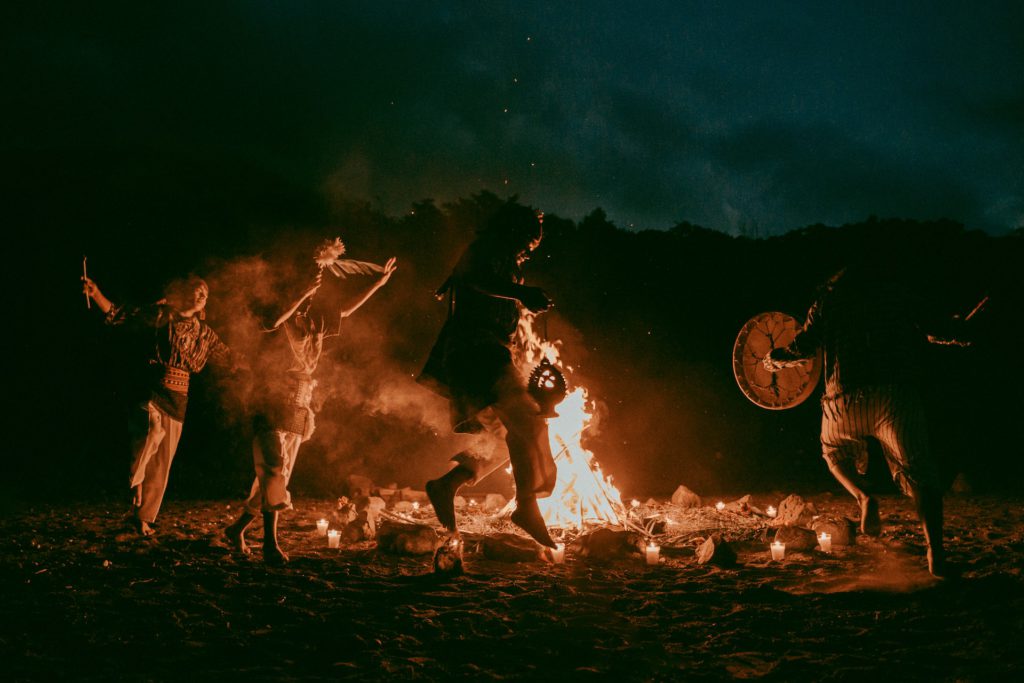
A Sacred Fire Ceremony, known as “Ceremonia del Fuego Sagrado” in Spanish, is a traditional ritual in many indigenous cultures in Mexico, including the Maya, Mixtec, and Aztec. It is an ancient practice that has been carried out for centuries as a way to connect with the spiritual realm, purify oneself, and seek guidance or healing.
History and cultural significance
- Offerings and Connection: The Sacred Fire Ceremony usually involves creating a fire within a ceremonial space. Participants often make offerings to the fire, which can include herbs, incense, food, or symbolic items. These offerings are made while prayers and intentions are spoken or thought, symbolizing an offering to the spirits or deities. The fire is believed to serve as a conduit to the spiritual world.
- Cleansing and Renewal: Fire is considered a purifying element in many cultures. In this ceremony, it’s believed to cleanse negative energies and bring light and warmth to the participants’ lives. People often participate in these ceremonies during times of transition or when seeking clarity and renewal.
- Community and Celebration: The Sacred Fire Ceremony is often a communal event. It brings together family members, friends, and community members. It’s used to celebrate various occasions such as harvests, solstices, and personal milestones.
- Ancestral Tradition and Wisdom: These ceremonies are often led by a shaman or a spiritual leader who holds traditional knowledge passed down through generations. They guide the participants through the ceremony, often using chants, drumming, and traditional instruments.
When participating in a Sacred Fire Ceremony, it is important to approach the ritual with respect and reverence for the indigenous traditions and beliefs. Often, participants are encouraged to set personal intentions or prayers and to be open to the spiritual and communal aspects of the ceremony.
Cooking class with a local chef or family
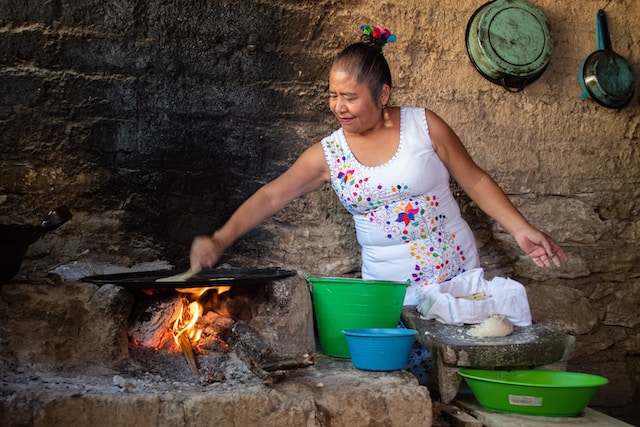
Cooking classes in Mexico offer travelers an invaluable opportunity to immerse themselves in the country’s rich cultural heritage. Mexican cuisine is a blend of indigenous and Spanish influences, with each region boasting its own unique flavors and ingredients. Being an active participant in a cooking class allows individuals to connect with this heritage in a deeply personal and interactive way.
Here are some of the aspects that make cooking classes a must when traveling to Mexico:
1. Understanding History through Food: Many traditional Mexican dishes have a historical significance. For instance, mole, a rich sauce made with chocolate and spices, has its roots in the pre-Hispanic era. By preparing such dishes, participants get a taste of history and learn about the evolution of Mexican culture through its food.
2. Using Traditional Ingredients: Mexican cooking relies heavily on local and traditional ingredients such as corn, beans, chilies, avocados, and tomatoes. These ingredients are not only the basis of Mexican cuisine but also deeply connected to its agricultural history. Cooking classes often introduce participants to these ingredients, their cultural importance, and their roles in traditional recipes.
3. Learning from Locals: Engaging with local chefs or home cooks is an integral part of the cultural immersion experience. Through their stories and cooking techniques, participants get insights into family traditions, local customs, and the way of life in different Mexican communities.
4. Visiting Markets and Selecting Ingredients: Many cooking classes include a visit to local markets. This experience is invaluable, as markets are often the heart of a community. Here, participants can witness the vibrant colors, aromas, and sounds that are typical in Mexican markets, and interact with vendors while selecting fresh ingredients for the cooking class.
5. Hands-On Experience and Techniques: Cooking classes in Mexico often emphasize traditional cooking techniques. For example, participants may learn to make tortillas by hand, use a molcajete (stone mortar and pestle) to grind ingredients, or roast chilies on an open flame. These hands-on experiences foster a deeper appreciation for the skill and labor that goes into traditional Mexican dishes.
6. Celebrating Community through Food: In Mexican culture, food is often at the center of family and community gatherings. Through cooking classes, participants can experience the joy and unity that comes from sharing a meal, which is a universal way of celebrating community.
7. Discovering Regional Specialties: Mexico is a diverse country, and its cuisine reflects that. From the seafood dishes of Baja California to the Mayan-influenced flavors of the Yucatan, cooking classes allow participants to discover the diversity of Mexican cuisine by focusing on regional specialties.
For anyone seeking cultural immersion in Mexico, cooking classes are an enriching and delightful way to engage with the country’s heritage. They offer a deeper understanding of the culture, history, and traditions that have shaped Mexican cuisine, making the experience more than just about food – it becomes a journey through the heart and soul of Mexico.
Visit a hidden cenote
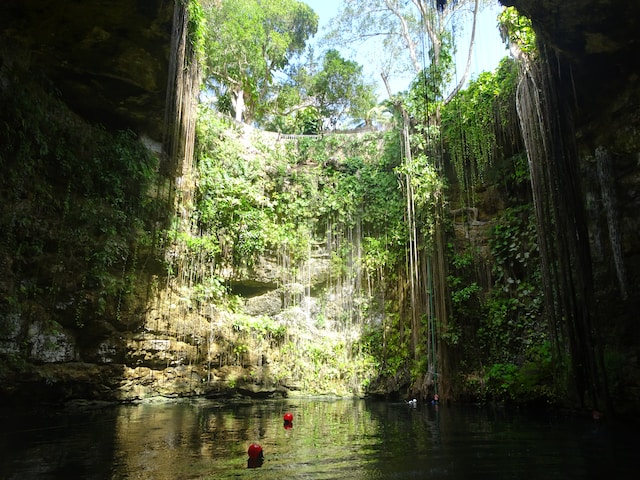
Cenotes are natural sinkholes that are found predominantly in the Yucatán Peninsula of Mexico. They are formed when limestone bedrock collapses, exposing the groundwater beneath. These natural formations play a significant role in the history and culture of the region and have become popular attractions for visitors.
History and cultural significance
Cenotes were considered sacred by the ancient Mayan civilization. They believed these were portals to the underworld and were the dwelling places of deities. Due to the scarcity of rivers in the Yucatan Peninsula, cenotes also served as a vital water source for the Mayans.
Cenotes were often used for religious ceremonies. The Mayans believed that by making offerings to the cenotes, they could appease the gods. Many artifacts and even human remains have been found in cenotes, which are believed to have been part of sacrificial rituals.
They are also geologically significant as they are part of vast underground river systems. Archaeologists and researchers study cenotes to understand the geological history of the area and the ancient Mayan civilization.
Nowadays, cenotes have gained popularity for their natural beauty and as spots for swimming, snorkeling, and diving. They are considered eco-tourism attractions and are revered for their crystal-clear waters and the unique ecosystems they harbor.
Top cenotes to visit in Mexico
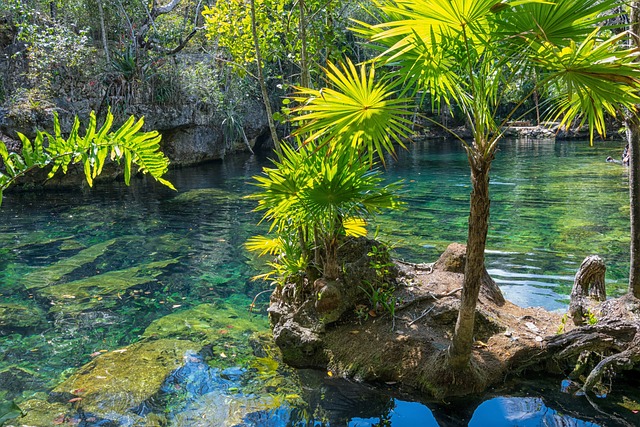
- Ik Kil (near Chichen Itzá): Ik Kil is one of the most famous cenotes, known for its large, open pit surrounded by lush vegetation. It’s often visited in conjunction with the archaeological site of Chichen Itzá.
- Dos Ojos (near Tulum): A popular spot for snorkeling and diving, Dos Ojos is a system of connected cenotes with clear blue waters, perfect for exploring the underwater caves and seeing the stunning stalactites and stalagmites.
- Gran Cenote (near Tulum): Another gem in the Tulum area, Gran Cenote is popular for its accessibility and beauty. It’s great for swimming, snorkeling, and diving.
- Cenote Suytun (near Valladolid): This cenote is famous for the light beam that penetrates through a hole in the ceiling, illuminating the water below. It’s an enclosed cenote with a platform in the middle where you can stand surrounded by the water.
- Cenote Zaci (in Valladolid): Located in the town of Valladolid, this is an easily accessible open-air cenote. It is half-covered and half-open, and it’s a great spot for a refreshing swim.
- Cenote Samula (near Valladolid): Known for its ethereal atmosphere, Cenote Samula is inside a cave. The roots of an Alamo tree reach down from an opening in the ceiling to the water below.
- Cenote X’keken (near Valladolid): Often visited alongside Cenote Samula, Cenote X’keken, also known as Dzitnup, is famous for its turquoise waters and the small opening in the ceiling that lets in a beam of light.
When visiting cenotes, it’s important to be respectful of the natural environment. Use biodegradable sunscreen, don’t touch or disturb the wildlife, and be mindful of the cultural significance of these sites to the local communities and their ancestors.
Mayan balché ceremony
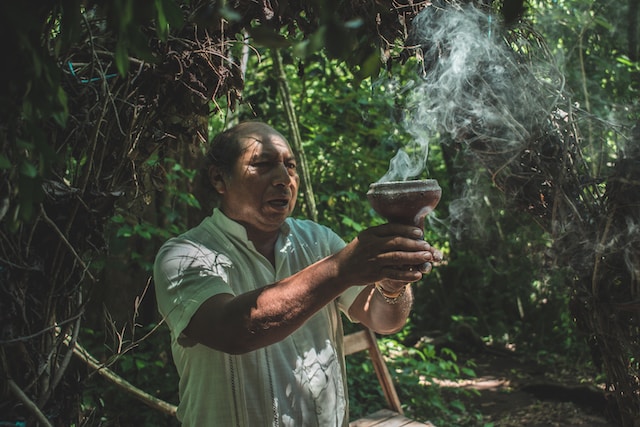
The Mayan Balché ceremony is an ancient ritual practiced by the Mayan people, predominantly in the Yucatán Peninsula, which includes present-day regions in Mexico, Belize, and Guatemala. The ceremony is centered around the consumption of balché, a sacred beverage made from the bark of the balché tree (Lonchocarpus violaceus) and honey. This ritual has been performed for centuries and still holds cultural and spiritual significance for the Mayan people.
History and cultural significance
Balché has been considered a sacred beverage by the Mayans for centuries. It was believed to be a gift from the gods. The Mayans used balché in religious ceremonies, as a medicinal drink, and also in festivities. The act of drinking balché was believed to purify the soul and bring the community closer to the gods.
The Balché ceremony reflects the Mayans’ deep connection with nature. The ingredients used in making the drink are sourced from the natural environment, and the ritual is seen as a way to honor the earth and its gifts. The ceremony is believed to purify the participants and protect them from evil spirits. It’s also used for seeking guidance and blessings from the gods.
Steps of the Balché Ceremony
- Preparation of the Sacred Space: A sacred space or altar is prepared for the ceremony. This space is often adorned with flowers, candles, and other offerings to the gods.
- Brewing Balché: The bark of the balché tree is soaked in water and mixed with honey to ferment. This process can take several days. The fermented liquid is the balché beverage that will be used in the ceremony.
- Invocation of the Gods: The ceremony begins with prayers and invocations to the Mayan gods. The participants ask for blessings, protection, and purification.
- Offering of Balché: The balché is offered to the gods first by pouring a small amount onto the ground or the altar as a sign of respect and gratitude.
- Consumption of Balché: The participants then consume the balché. This is done in a reverential manner, often with more prayers or chants.
- Additional Ritual Elements: Depending on the purpose of the ceremony, additional elements such as music, dancing, or the recitation of sacred texts might be included.
- Closing of the Ceremony: The ceremony is closed with a final prayer or blessing, thanking the gods and asking for their protection.
It’s important to approach the Balché ceremony, or any indigenous ritual, with respect and sensitivity to its cultural significance. Participation should be done in a manner that honors the traditions and beliefs of the Mayan people.
About TourHero
TourHero is a social travel platform that enables you to travel with like-minded people and fall in love with the journey. We work closely with handpicked local operators to ensure every experience curated is unique and exclusive to your travel group. Come with us on epic adventures and create memories that last a lifetime!
